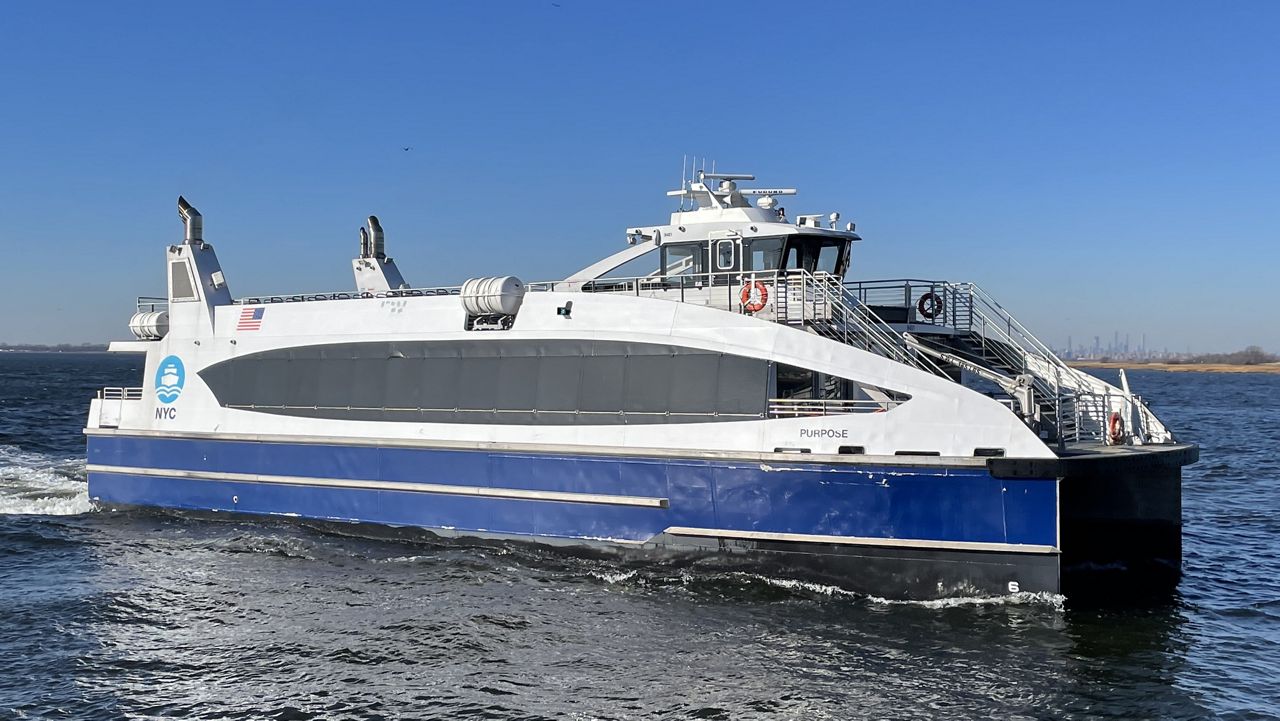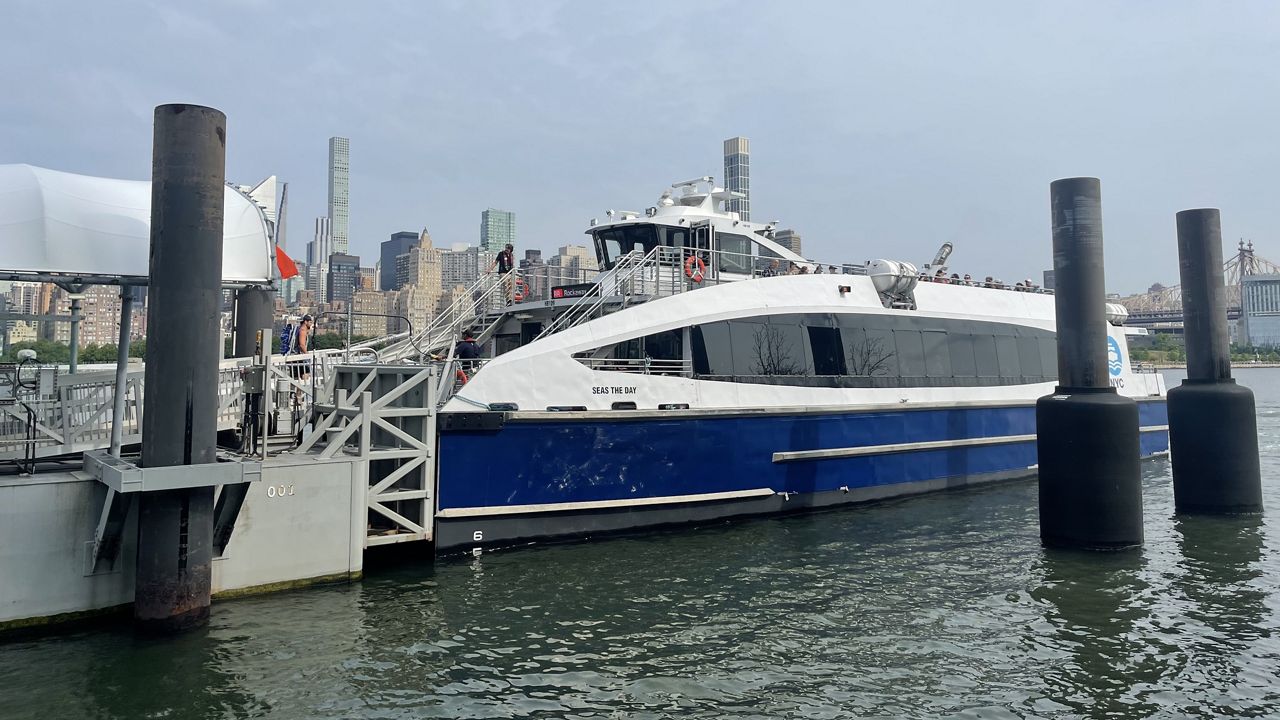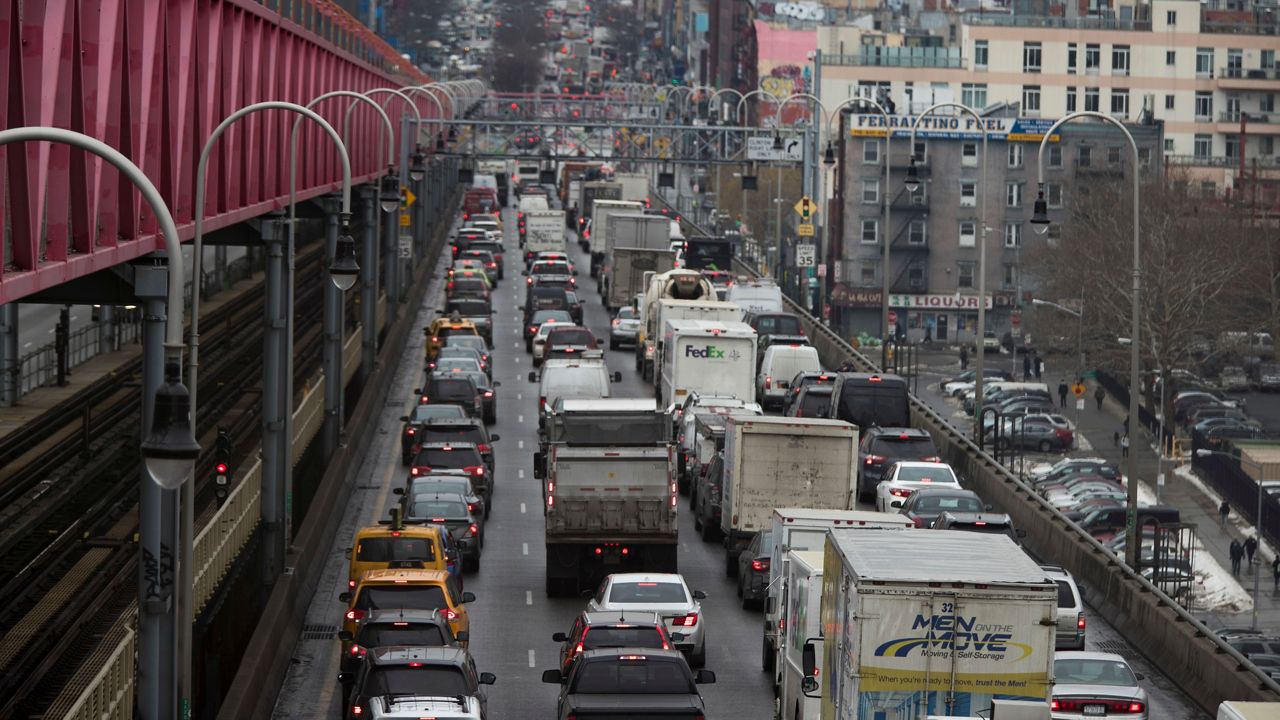Disability advocate Jessica De La Rosa got a sneak peek at the MTA's newest model of MTA train car, known as the R211 model, scheduled to hit the rails next year.
The design makes it easier to ride the subway for people with disabilities and for those who use wheelchairs.
What You Need To Know
- MTA demonstrated new accessibility features in train cars, buses and Access-A-Ride vans
- The new train model, known as the R211, has larger interiors, larger doors, and brighter signs
- The MTA has ramped up installation of elevators at stations in a system where a quarter of stops have them
"I like all the room," De La Rosa, who uses a wheelchair, said. "I'm thinking about me and my squad - we roll deep, no pun intended - so it’s going to be great to have a bunch of us in one car instead of spread throughout."
In honor of the 31st anniversary of the landmark Americans with Disabilities Act the MTA showed off new features that accommodate travelers with disabilities in its buses, trains and Access-A-Ride vans at its Coney Island maintenance yard.
The MTA has ramped up its efforts to add elevators to its stations after decades of foot dragging and lawsuits to make accessibility a top priority, in spite of the ADA law.
"It’s about more than just elevators, though we are making historic progress on that front too," Quemuel Arroyo, the MTA's Chief Accessibility Officer.
More than a quarter of MTA stations are now fully accessible, but nearly three quarters are not.
"I started traveling when I was maybe 14 a little bit more independently and it has gotten better, but we should be at a farther place and it sucks that money is the big factor over accessibility access and inclusion, and we just really want the MTA to just get with the picture get it right, and this is a step I hope in the right direction," De La Rosa said.
The new cars allow for removing seats closest to the rear door of the car, opening up space for riders such as Dustin Jones
"Now with those seats being removed, now I can come on the train very easily," Jones said. "I can come right over here turn around. I can park myself carefully. I have my grab bar to hold onto, plus there's plenty of room for people to go back-and-forth if they choose to switch cars or stand here, or if another person with a wheelchair comes on they come and sit right here."
Jessica Murray of the Advisory Committee for Transit Accessibility, which consults with the MTA, said old cars can be cramped for people who use wheelchairs.
Some of the new design features of the R211 model include a bigger interior, wider doors and seats that fold up.
Meanwhile, accessibility decals are larger and the MTA updated the display signs to be brighter and clearer.
It’s designs like those that show the MTA is now thinking about accessibility for riders once they can get into a station and board a train.
The MTA also plans to roll out 800 new buses with priority seating, flip up seats and wider doors and ramps
"It’s great to finally, after all these years, start to be a part of the conversation and be included," De La Rosa said.











